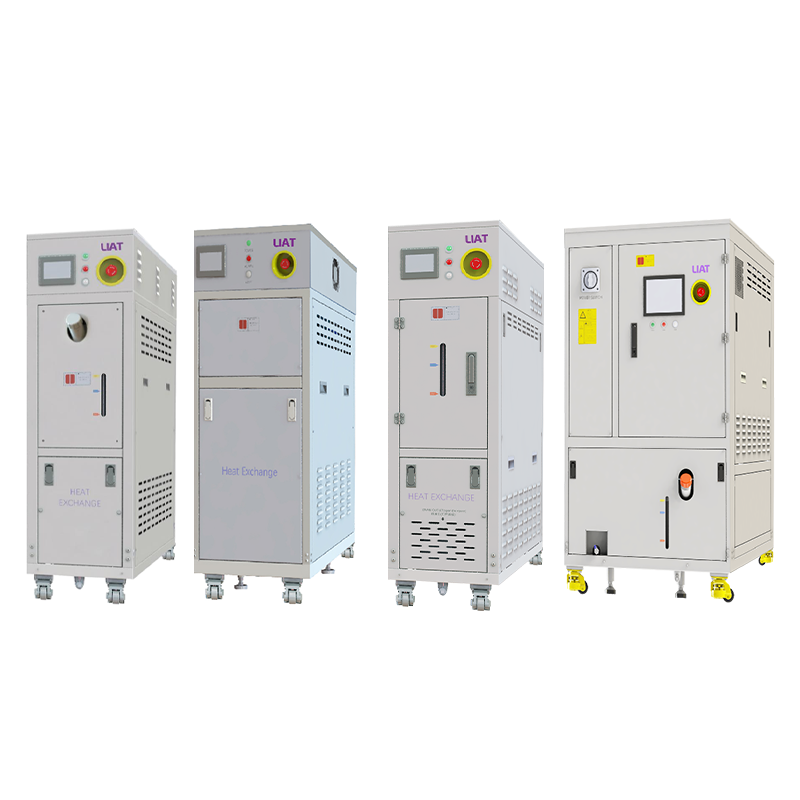The increasing demand for space-saving, performance-stable, and easily maintained cooling systems technology has syet data centers, and pharmaceutica setters. performance-stable and easily maintained cooling systems technology. LiTEAM has a proficient vertical heat exchanger unit. as a softwarged heat mngt. solution for these systems because of the focus on vertical space in traditional hxr systems. It provides unique benefits thermal control and promotes vertical cooling systems.

The integration of the cross-flow vertical heat exchanger into the above cooling systems configuration provides space filling and cooling performance enhancements. Used for a laser workshop, cooling cycle systems, and maximal space cooling in data centers with stakcs-on staxks architecture. This vertical cross-flow serves as unique advantage: etremelly effective use of vertical filler space, enabling the filling of space with cross-configuration for stacks-on-stacks data centers with minimal cooling floor coverage for closed cooling cores.
As an instance, a vertical heat exchanger unit, medium-sized, from liatem requires only 1.2m2 of floor space, while a comparable horizontal unit occupies 3.5m2, both with equal heat transfer capabilities. This space-saving benefit permits the integration of the cooling systems in smaller enclosures, or frees up real estate, to install more machinery in the same footprint. This configuration is especially beneficial for urban factories, compact data centers, or for facilities that wish to extend their cooling systems, without expanding their footprint.
The vertical heat exchanger unit provides maximum heat transfer coefficient to ensure cooling systems function with optimal cooling performance. liatem’s vertical heat exchanger unit employs vertical positioning to enhance the fluid motion macroscopically and heat exchange microns. The vertical orientation allows hot fluids and cold fluids, which moves in a countercurrent direction, to flow better and gravitate downwards. The hot fluid descends and the cold fluid ascends. This configuration provides a consistent and thorough contact of the two fluids. This countercurrent flow system maximizes the fluid temperature differential. This characteristic permits the vertical heat exchanger unit to transfer more heat per unit. Moreover, the vertical arrangement diminishes areas of fluid stagnation zones, or the horizontal stagnation zones that fluids trap and slowly move.
For example, cooling process fluids from 60°C to 25°C in a pharmaceutical cooling system processes may use a vertical heat exchanger unit from liatem which does the job in 20% of the time with a horizontal unit of the same size. This improved heat exchanger efficiency allows the cooling system to more rapidly achieve the desired temperature, which avoids overheating of process fluids or equipment, resulting in better quality, more reliable production.
Cooling system maintenance is made easier with the vertical heat exchanger unit which even makes the process more time efficient. With a vertical design, crucial components are more accessible, unlike horizontal units, so technicians do not have to crawl or bend and endure rigid units. Maintenance and cleaning with the vertical structure is also easier with the ability to naturally drain fluids. For example, fully drained units with the opened bottom valves, and can also have little residue and heat transfer fluids, which are more efficient to heat exchange with.

Consider a food processing unit which has a vertical heat exchanger. It requires regular maintenance for sanitation purposes. Di assement, cleaning, and reassemblling a vertical unit takes 2 hours whereas a horizontal unit takes 4 hours. This means a simplified maintenance system that not only lowers cooldown system downtimes, it also prolongs unit lifespans by keeping system components operational which lowers total cooling system overhead costs.
Horizontal heat exchangers that operate with a vertical unit lose lesser fluid and therefore perform better overall which increases system performance. Improving fluid distribution spacer designs solve this with tier 3 optimizations. The liatem vertical heat exchanger unit has a fluid inlet on top system. This configuration solves poorly designed horizontal units with bottom inlets that lose fluid and unbalanced inlet fluid pressure zones that result in under-cooled regions.
In a tailored manufacturing cooling system that serves multiple machines, a vertical heat exchanger unit balances the supplied fluid to all connected devices, ensuring no machine is overcooled, while another is overheating. By maintaining even fluid distribution, the system prevents overcooling and overheating. Thus, ensuring the entire cooling system stays balanced, preventing any possible damage and unscheduled operations from any temperature balance.
Conclusion
The vertical heat exchanger is a proven method in cooling systems due to the reduction of overall height in the system, improving heat transfer effectiveness, maintenance, and increasing the overall cooling fluid distribution efficiency. It could be industrial systems or neat Liatem’s vertical heat exchanger that is designed to take such and maximize such benefits where space, performance, and maintenance are optimally balanced. Also Explain that. Businesses that look to enhance and optimize cooling systems for space and efficiency, the vertical heat exchanger unit is a reasonable and effective system for low priced and viable assurance to cooling efficiency all emphasizes long term reliable cooling.